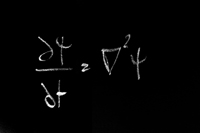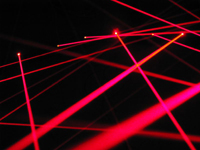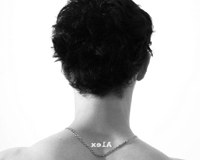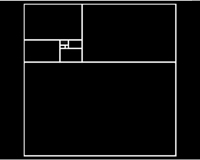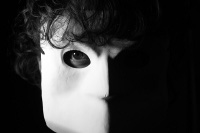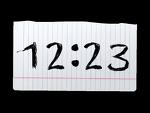Escape plan (Scroll for Italian)
A laser drawn quadric, a resonance to make audible a frequency that forces your brain into remembering and the Isabella Nurigiani steel spring.Piano di Evasione
Una quadrica disegnata con luce laser, un battimento per materializzare una frequenza non udibile altrimenti e che forza lo stato onirico di ricordo, al centro la molla di ferro dell'artista Isabella Nurigiani.
